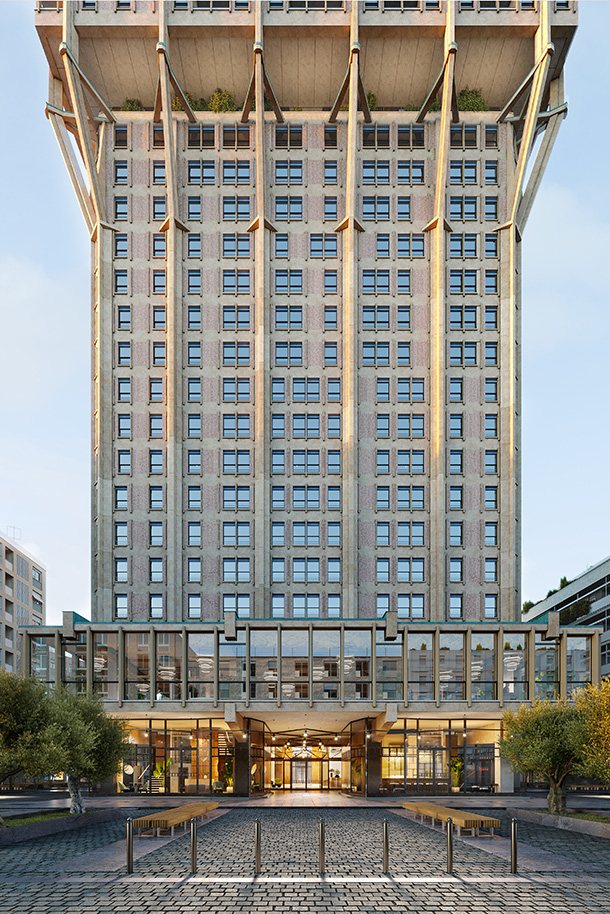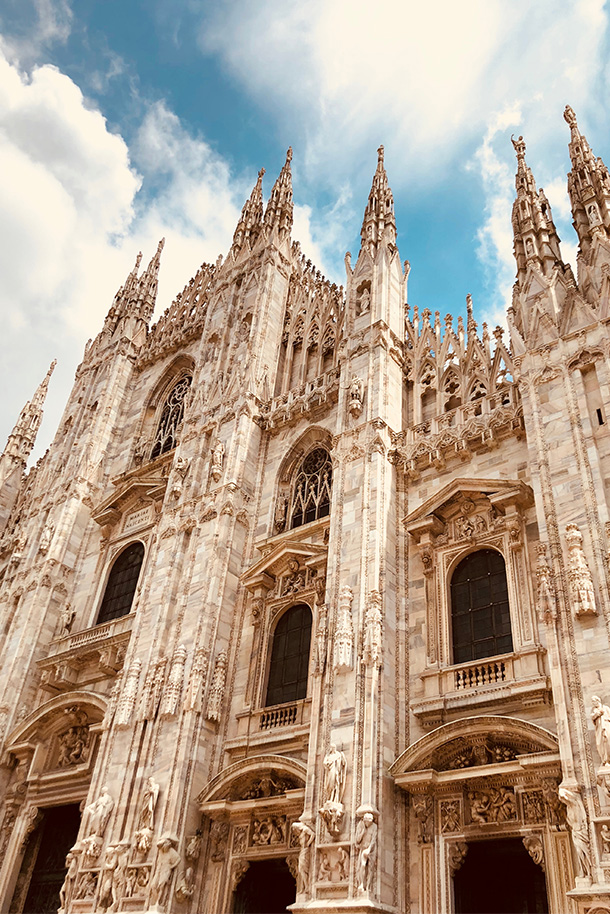Lodovico Barbiano di Belgiojoso was an Italian architect and academic. Stimulated by his parents’ example, the young Lodovico revealed an early propensity for drawing and painting, cultivated during his years at the Parini Classical High School. There he met Gian Luigi Banfi and Ernesto Nathan Rogers, his future university and work companions. Together, starting in 1927, they attended the School of Architecture of the Polytechnic of Milan. In July 1932, he received his degree in architecture with a thesis written together with Banfi, Peressutti and Rogers, the year of the BBPR group was founded. “I learned a lot from my friends in my early years of work. From Banfi I learned to work, from Rogers to think, from Peressutti to imagine.”



















